Genesweep
A Short Exploration of How Scientists' Guess

A Short Exploration of How Scientists' Guess

It's a biology lab. Picture test tubes, microscopes, that kind of thing.
But it's not just any old lab.
See, Cold Springs Harbor Laboratory was founded by James Watson (who got half the Nobel Prize for discovering the structure of DNA, and then became racist).
It's a prestigious lab.
Importantly, for this project, that includes the Human Genome Project
[1]
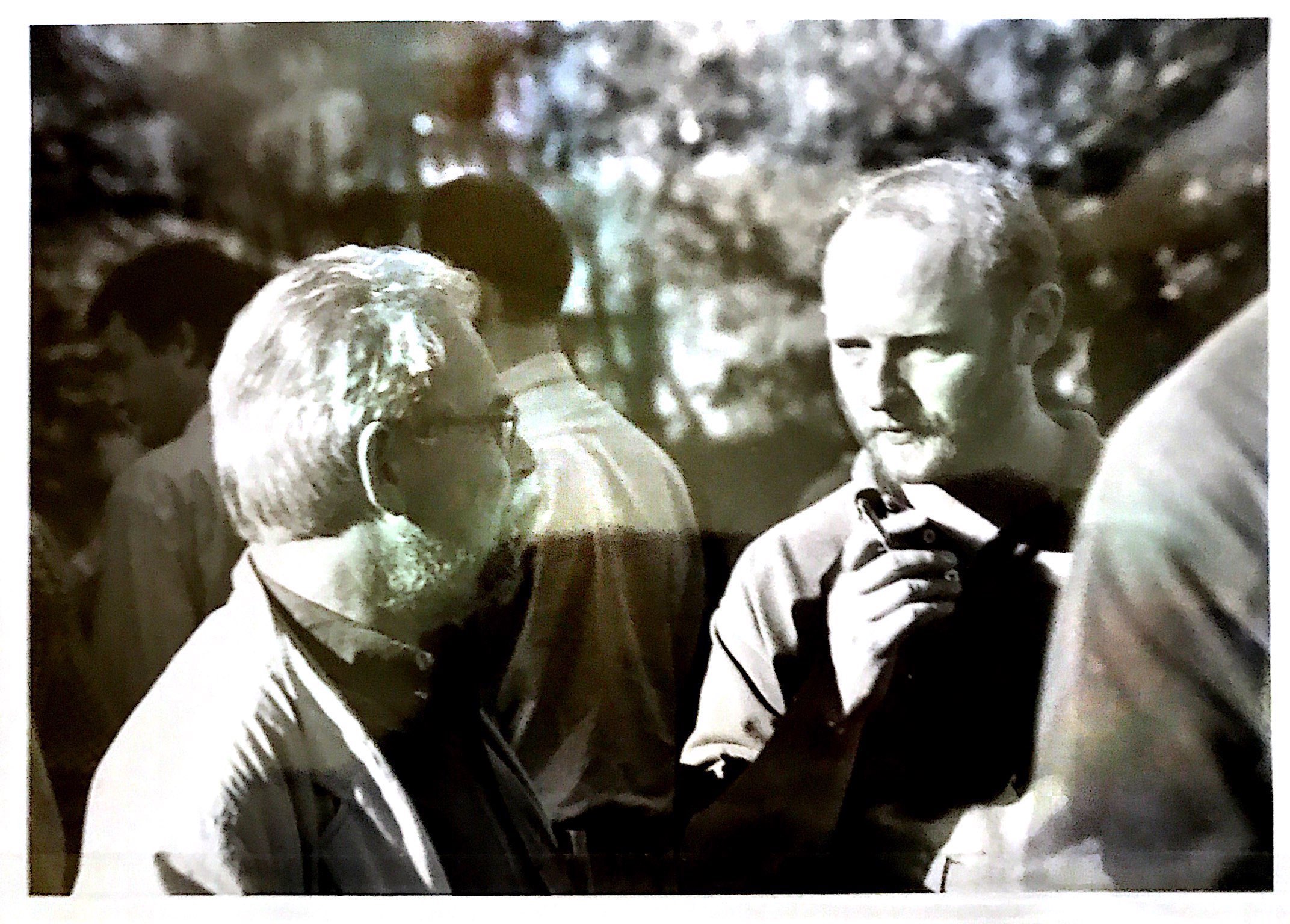
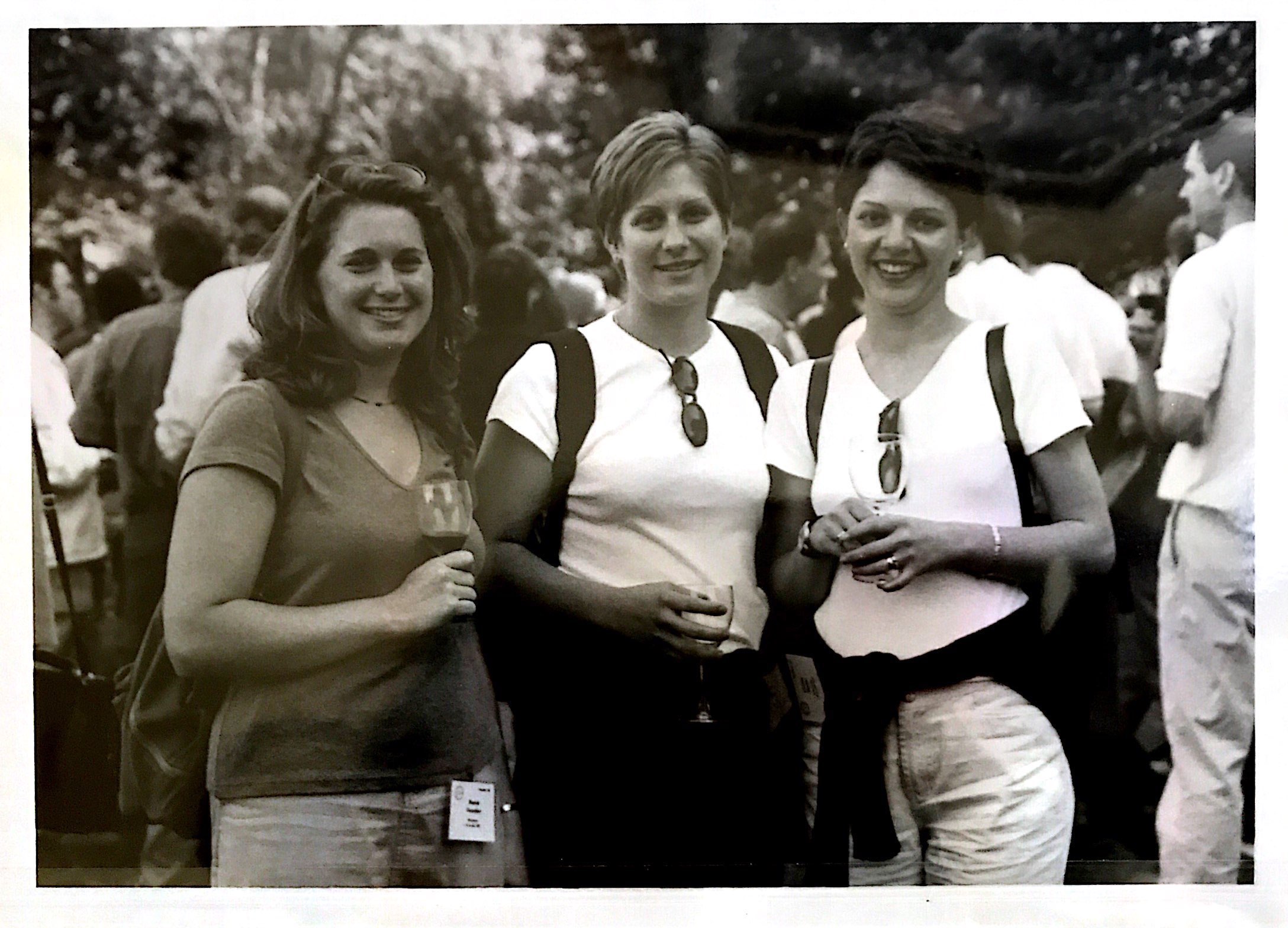

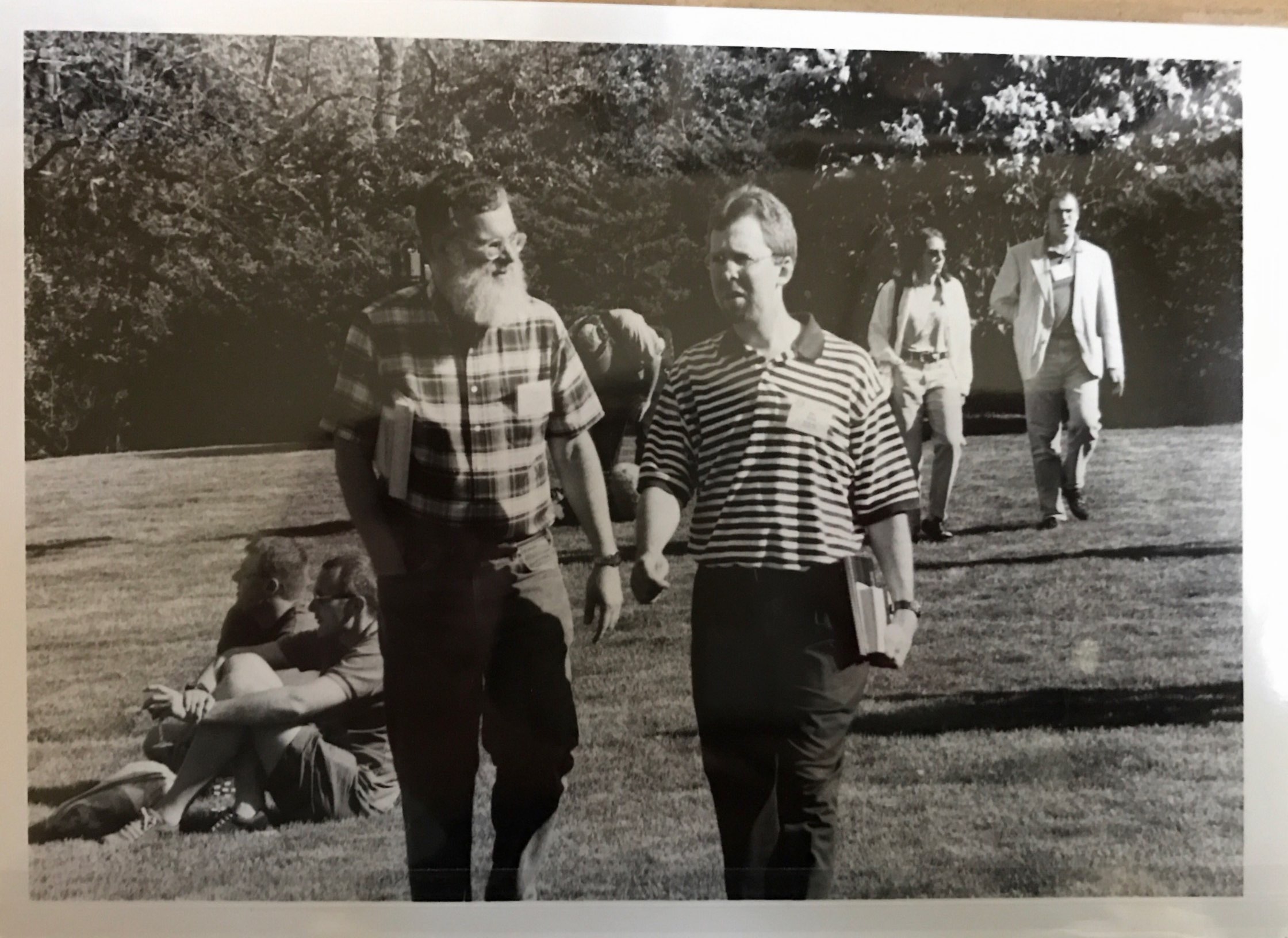
And people play games in bars [2]
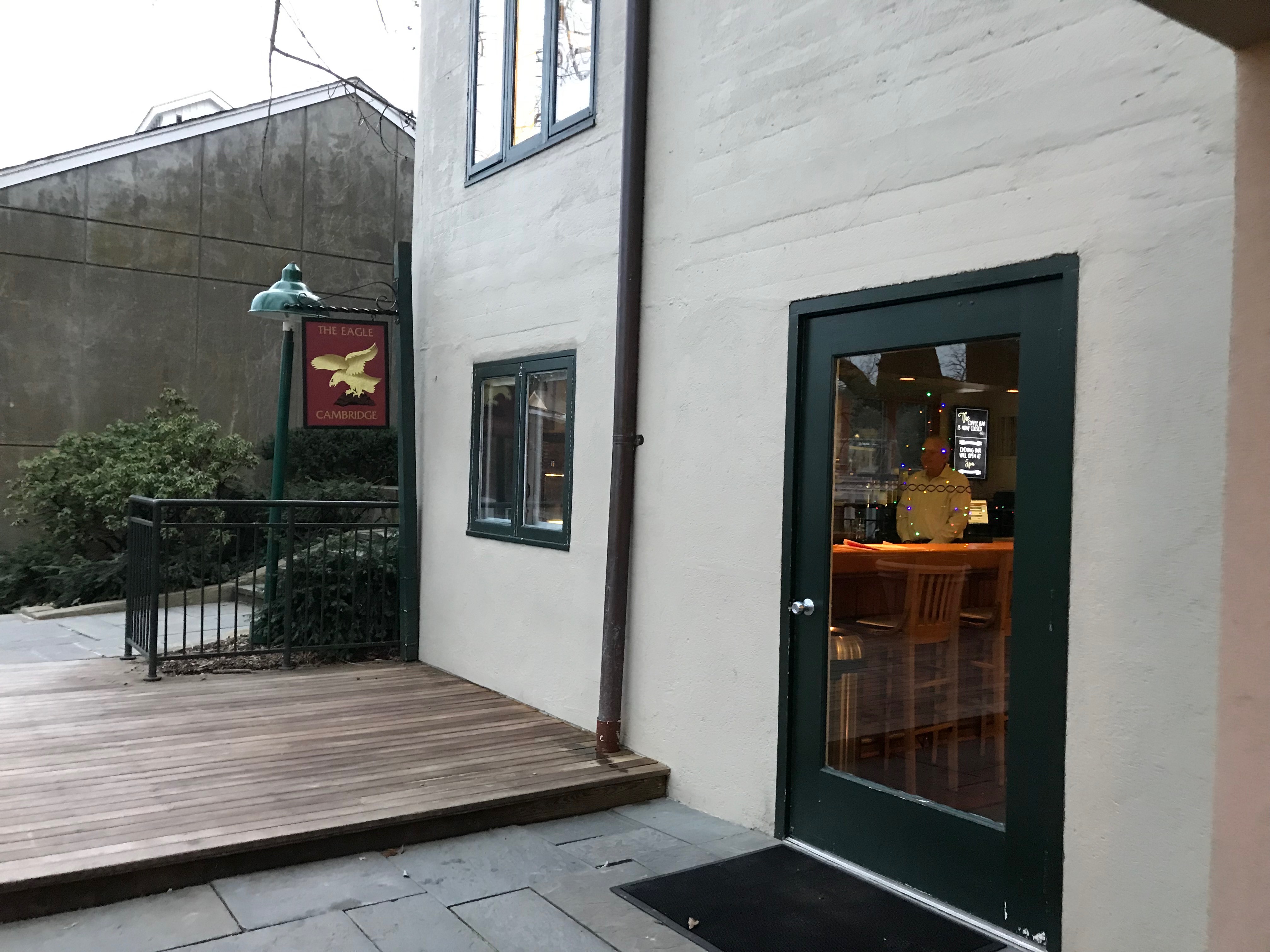
There have been a couple of high-profile scientific wagers , but in this instance, because we have several data points, we can leverage laws of central tendancy to get a sense of how the scientific community (as whole)'s expectations changed throughout the project.
"Dr. Dear was asked how he had predicted such a low number three years ago when numbers around 50,000 were popular. It was late at night, he said, and he had been drinking in a bar. Second, at that hour, people's behavior did not seem so different from that of fruit flies, then known to have 13,500 genes, implying that twice that number would be ample for humans. Third, his birth date, April 27, 1962, immediately suggested 27,462 as the correct number."—The New York Times
And those expectations are important! In case you haven't noticed, we are definitely not living in an era of genetically personalized medicine. And that's largely because scientists still don't have definitive consensus about how many genes are in the human genome, or rather, even what a gene really is. It depends on who you ask.
But what is clear is that the number of genes in human genome is much, much lower than any scientist had originally intended. And we can actually see that consensus emerge in this dataset. Keep your eye on the right-hand extreme.
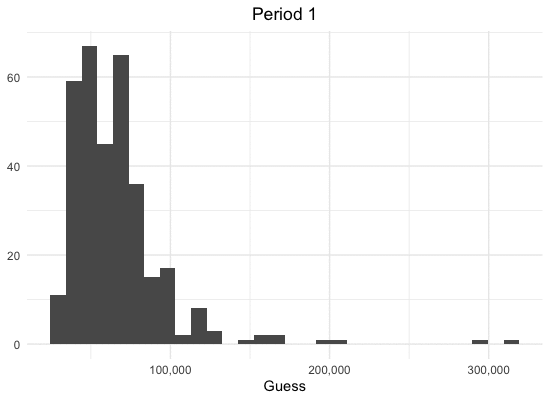
My idea was to combine this data with data from the web on the scientists' individual publications and research keywords, with the hopes of showing some sort of meso-level between-group variance among these scientists. There's a lot of literature that would suggest that there would be a difference between the guesses of, for example, a biologist who studies plants or worms versus a biologist who studies something bigger, like humans.
But I haven't found anything too convincing yet.
Thanks for reading anyway.